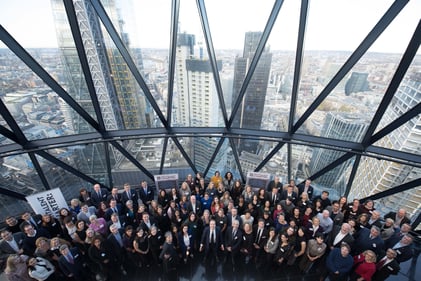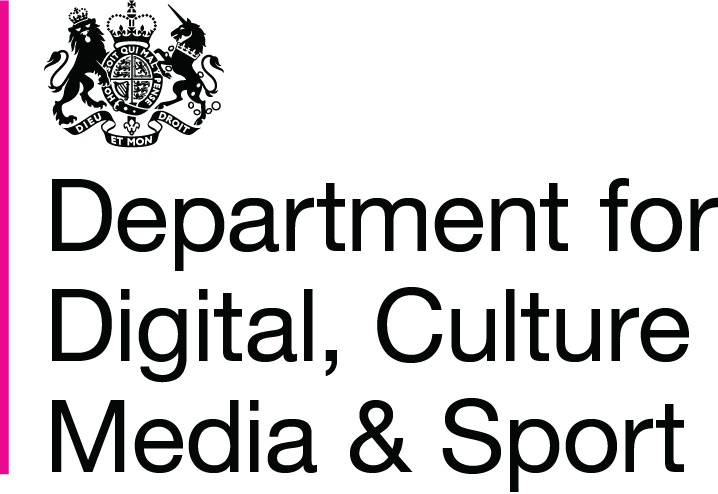[vc_row][vc_column][vc_column_text]We may look back on the summer of 2017 as a watershed moment for gender diversity: the lava of simmering issues erupts, and once out, flows to reshape the landscape.
However, what happened this summer to tech giants like Uber and Google is merely a symptom of a gradual change in a shifting landscape, that little-by-little has led to people taking notice of a personal blog from a female engineer, or reacting decisively to a discriminatory memo from a male engineer.
Today, the business value of diversity is clear. Studies have shown that businesses cannot be successful if they systematically exclude talent. There is no longer debate about the rationale for diversity in boardrooms, leadership or team composition. So why is solving this so difficult?
The issue is a complex one that, over the years, has resisted change. At the risk of over-simplifying, the challenge to get there has, until this recent eruption, been demarcated by both a lack of will and a lack of “know how” – the skills individuals and organizations need to garner greater inclusion across the board.
Emerging from this summer is more will for diversity than ever before. The diversity conversation is in the open with many positive signals of the desire to change. Among others, organizations who have been cultivating STEM talent like Girls Who Code, Anita Borg Institute and Girls Who Invest, are now being embraced by giants like Google.
My own firm, Insight Venture Partners, partnered with Computer Science New York City to mentor teenage women who are learning computer science.
Willingness to increase diversity is also visible in recruiting: many companies have policies and active plans to increase the pipeline of candidates and hire more females. Leaders recognize that by changing the gender composition of teams through outreach and hiring, the tenor of team dialogue will change.
This said, we can’t hire our way out of a lack of gender diversity. We need to focus on companies’ organizational impediments that lead to low retention – women enter the workforce in equal numbers as men, but for multiple reasons, don’t stay the course. Unless we push boundaries on skill-based organizational programs designed to retain women, we will not move the demographic dial.
As they climb out of the homogeneity crater, larger companies, as a first step, have implemented programs to build their skill muscles that include unconscious bias training, structured performance ratings and grievance systems. However, according to a recent Harvard Business Review analysis, the overall efficacy of HR-based diversity programs is unclear. They may reduce lawsuits, but they’re not increasing diversity.
To cultivate organizational skill, we must focus on inclusion efforts that serve as mechanisms to advance change in day-to-day company culture.
Rather than trying to outlaw bias, companies should engage managers to build teams that demonstrate parity. An organization is the sum of its teams and managers, those who make a difference. We know people don’t leave companies: they leave managers. If a woman’s direct manager is supportive, fair and open-minded, team members will take their cue from this behavior.
Companies should incentivize managers on standards of fairness and parity, engaging them directly in promoting a diverse and inclusive environment, and measuring their success
Secondly, companies should create positive male-female mentoring relationships: the diversity landscape will only reshape if more men get involved. These mentorships would potentially yield stronger results given men dominate leadership roles in tech and venture capital.
Male-female boss-employee relationships are fraught with potential to misconstrue behavior, creating a barrier for male and female co-workers to engage in social activities that foster trust. To paraphrase Kim Elsesser, professor at UCLA who focuses on psychology and gender, as a consequence of social (dis)comfort, men get to know other men much better and women get to know other women.
Since men lead most organizations, it’s easy to see how they’d choose the person they typically have a beer with for a business opportunity – a choice that, over time, can have major organizational repercussions in the composition of team leaders.
By creating an umbrella construct for these male/female relationships to develop, a simple budget and a list of suggested ways to interact, organizations can remove barriers women have in accessing power structures.
Thirdly, adjust the metrics. As the old adage goes, “What gets measured is what gets managed.” This is no different for diversity. It doesn’t mean quotas, but measurable goals. For example, the White House Diversity Initiative from 2016 resulted in nearly 80 companies signing up to measure progress against diversity goals. Progress against such a public pledge is a brand issue in the PR domain, and hence more powerful.
In the VC industry, metrics that will drive change include tracking the dollars invested in diverse management teams, number of deals sourced by minorities, and number of investment partners that are female or minorities. VCs should be cautious of only considering the number of closed deals for advancement.
Effective investing requires pattern recognition. A woman can demonstrate this skill whether or not she has taken time off for parenting. We should acknowledge the playing field is not even to start, and create measures that project diverse talent outcomes, knowing this yields greater alpha.
As we head into Fall 2017, the way forward after the eruption is becoming clear. I’m a strong believer that where there is a will, there is a way. This summer, industry will has gathered momentum – it’s a red-hot topic that leaders know they need to deal with. The path is starting to take shape, as organizations engage in deliberate skill-improvement activities to get us there.
The possibilities for business upside from greater inclusion is powerful, even greater than the negative forces that recently exploded. There is a new landscape, and while we don’t know what it looks like, we know it will be better, and necessarily different, than the current one.
By Hilary Gosher via techcrunch. Hilary Gosher is a Managing Director at Insight Venture Partners leading Insight Onsite, the firm’s team of operations and growth experts who help drive scale and growth at Insight’s portfolio companies.
Photo image by @heyerlein[/vc_column_text][/vc_column][/vc_row]




